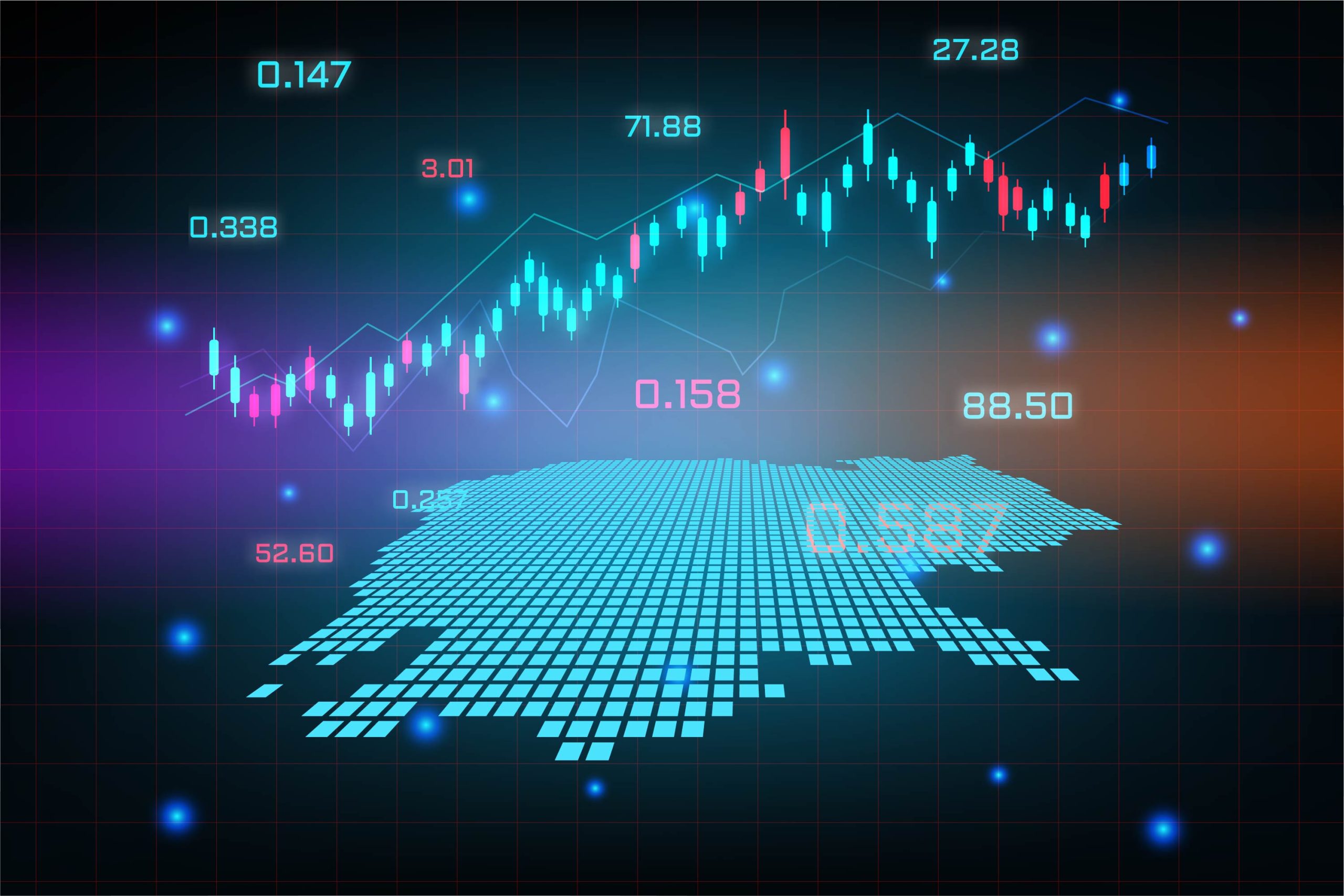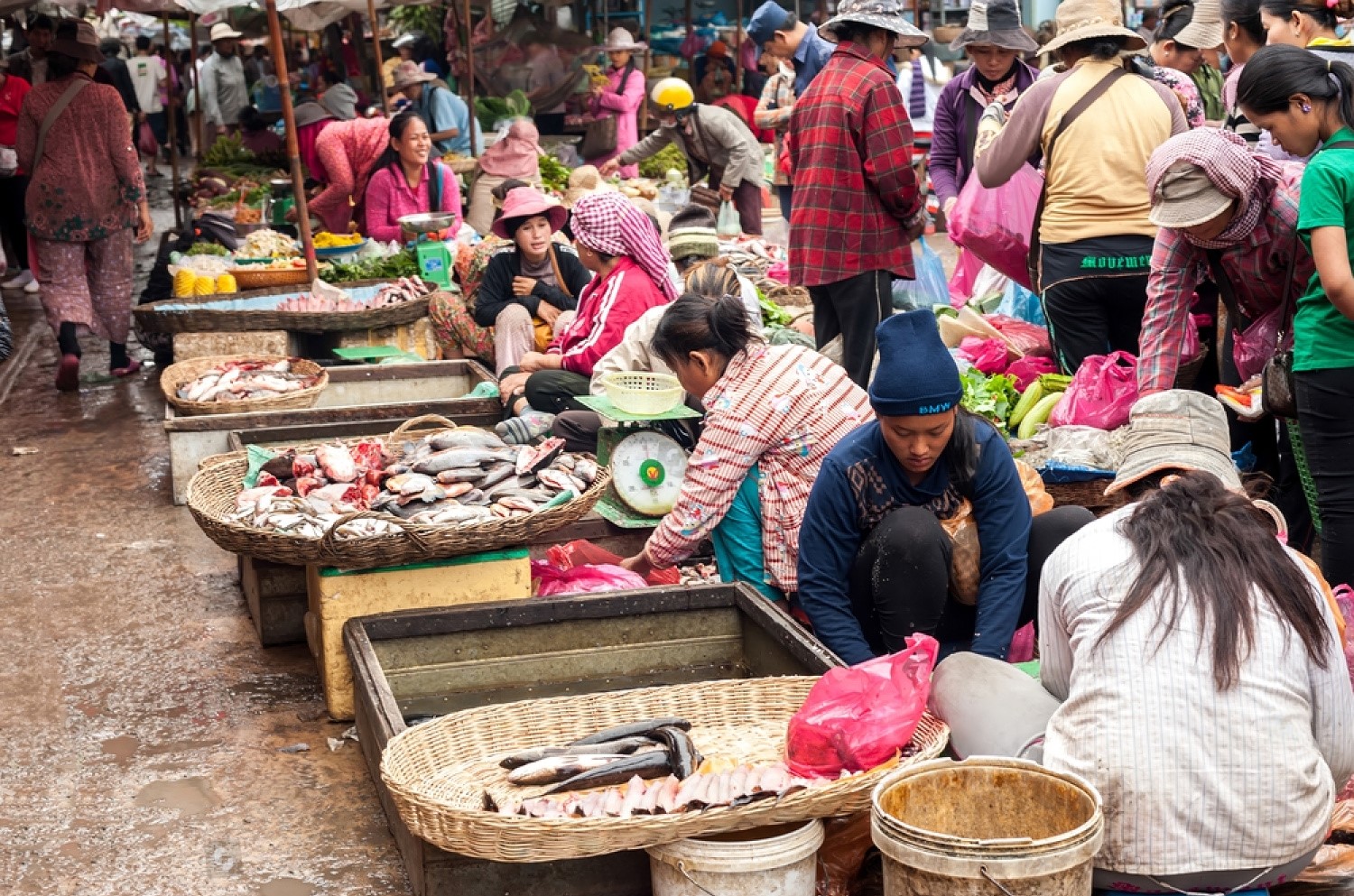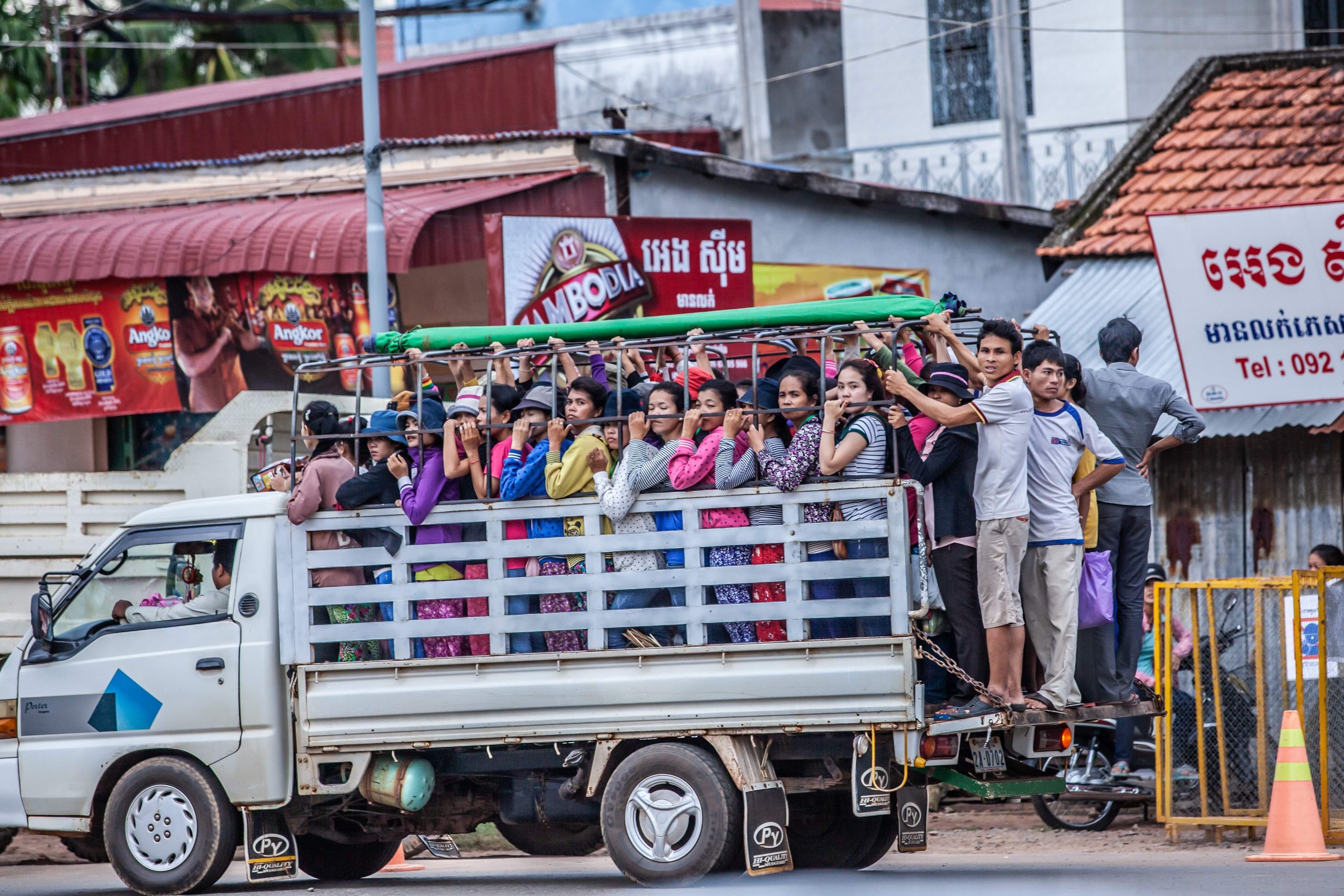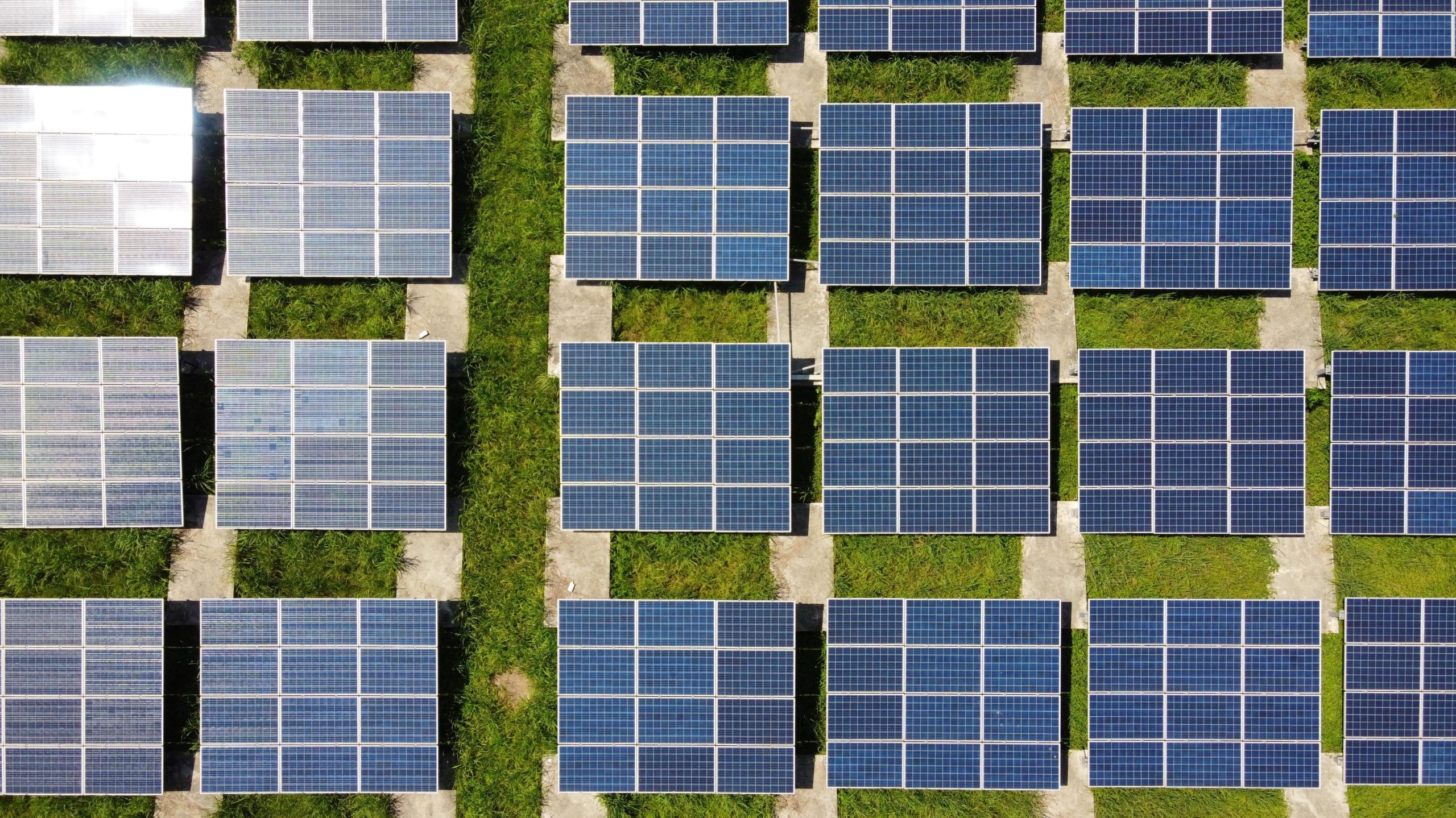សារគន្លឹះ / Key Messages:
- ប្រទេសកម្ពុជាទទួលបានជោគជ័យយ៉ាងរឹងមាំក្នុងការអភិវឌ្ឍជាតិ ហើយជោគជ័យនេះត្រូវបានទទួលស្គាល់យ៉ាងទូលំទូលាយ។
- ចំពោះការរៀបចំផែនការនាពេលអនាគតវិញ យុទ្ធសាស្ដ្របញ្ចកោណរបស់រាជរដ្ឋាភិបាលនឹងធានាផ្តល់កំណើនសេដ្ឋកិច្ចប្រកបដោយគុណភាពខ្ពស់ ជាមួយនឹងវិបុលភាពរួមនិងសុខុមាលភាពសង្គមសម្រាប់គ្រប់គ្នា។
- ការធានាយ៉ាងម៉ឺងម៉ាត់នេះតម្រូវឱ្យមានការរៀបចំស្ថាប័នតាមបែបថ្មីមួយ ដែលនឹងផ្តល់កំណើនប្រកបដោយគុណភាព និងស្ថិរភាព ព្រមទាំងលើកកម្ពស់ភាពធន់ និងបរិយាបន្នផងដែរ។
- ស្ថាប័នប្រកបដោយគណនេយ្យភាព និងបរិយាបន្ន ទាមទារឱ្យមានការកែលម្អសមត្ថភាពរបស់ទីភ្នាក់ងារផ្សេងៗ ក្នុងការធ្វើការរួមគ្នា ដោយផ្ដោតលើលទ្ធផលជាចម្បង។ នេះរួមបញ្ចូលទាំងការកែលម្អសមត្ថភាពរបស់រដ្ឋាភិបាល ក្នុងការប្រើប្រាស់ទិន្នន័យ និងមធ្យោបាយវាយតម្លៃ ដើម្បីវាស់វែងលទ្ធផល និងការកែលម្អគណនេយ្យភាពរបស់រដ្ឋាភិបាល ដើម្បីធានាដល់ការសម្រេចបានគោលដៅដែលឆ្លើយតបទៅនឹងតម្រូវការរបស់ក្រុមប្រជាពលរដ្ឋផ្សេងៗ។
- មធ្យោបាយសំខាន់មួយដែលអាចប្រើប្រាស់ក្នុងការជំរុញកំណែទម្រង់ប្រកបដោយបរិយាបន្ន គឺជាការប្រើប្រាស់ភស្តុតាង និងទិន្នន័យប្រកបដោយប្រសិទ្ធភាព។
- យុទ្ធសាស្ត្រគ្រប់ជ្រុងជ្រោយក្នុងការប្រើប្រាស់ទិន្នន័យ និងភស្តុតាងអំពីគោលនយោបាយ និងការអនុវត្តរបស់រដ្ឋាភិបាល គឺមានសារៈសំខាន់ក្នុងការសម្រេចបាននូវគោលដៅសំខាន់ៗនៃយុទ្ធសាស្ត្របញ្ចកោណ និងចក្ខុវិស័យប្រទេសកម្ពុជាឆ្នាំ២០៣០។
- Cambodia’s development success story is firmly secured and widely acknowledged.
- Charting a forward-looking future, the Pentagonal Strategy promises to deliver high-quality economic growth together with shared prosperity and social well-being for everyone.
- This bold promise requires a new type of institutional arrangement that will deliver quality growth and stability, but also will promote inclusion and resilience.
- Inclusive and accountable institutions require improving the ability of different agencies to work together in a results-oriented way. This includes improving the capacity of the government to use data and assessment tools to measure results and improving the accountability of the government to ensure the results achieved are relevant to the needs of different groups of citizens.
- A key tool that can be used to drive inclusive reform is the effective use of evidence and data.
- A comprehensive strategy for data and evidence about government policies and performance is critical to achieving the key objectives of the Pentagonal Strategy and Cambodia’s 2030 vision.
This year Cambodia’s Outlook Conference and its theme, Assessing the 2030 Vision and Beyond, are highly relevant for the recently adopted Pentagonal Strategy Phase 1.[1] The examination of the 2030 ambition and 2050 vision is also timely as the new government is navigating complex post-pandemic global and regional changes, as well as its own process of transformation. To name a few of the internal changes, Cambodia has successfully transitioned from violent conflict to peace, from an ageing war-time generation to a younger ‘peace-dividend’ generation of leaders, from a very narrow economy to more diverse sources for growth and from a weak resource base for governance to more capable and progressive institutions.
One of the key aspects of the Pentagonal Strategy is the government’s renewed focus on strengthening governance and modernising institutions for maintaining peace and stability, propelling high economic growth and delivering shared prosperity for all. Achieving such a comprehensive ambition calls for the capacity to align visions and implement them, to respond to complex challenges and to ensure a strong level of policy coherence. For this reason, the government calls for an evidence-based monitoring and evaluation framework to ensure effectiveness and efficiency in the implementation of the Pentagonal Strategy. This blog discusses some approaches to promote more inclusive institutions for the enhanced policy performance that is necessary to deliver the Cambodia 2030 vision and beyond.
Cambodia at a Critical Juncture for Inclusive and Accountable Institutional Reforms
Ambitious reforms, rapid growth and peace, consistently pursued and maintained over the past twenty years, have been widely praised by international and local observers alike. A positive record of achievement is clearly analysed and documented in development reports and scholarly publications. This is by no means a small or neglected outcome of Cambodia’s development success story – a story that for most Cambodians who experienced the Khmer Rouge regime was almost unimaginable three decades ago.
The contextual factors enabling Cambodia’s development success so far are rapidly changing and unpredictable. At worst, they no longer work to support Cambodia’s 2030 vision of becoming an upper middle-income country. The international and regional economy is changing and the challenges and opportunities this presents risk undermining global and regional growth and development. Cambodia is also exposed to geopolitical risks, especially given its physical and economic proximity to China. Digital technology, climate change and environmental pressures, social inequality and geopolitical tension are threatening global and local prospects.
Cambodia’s internal factors are also undergoing structural changes that will require a new model of development to meet the increasingly high public expectations and achieve its development aspirations. On the economic front, Cambodia’s growth has slowly recovered from the pandemic but at a rate much lower than some countries in the region who had more diversified economies. On the environmental front, climate change, deforestation and agricultural water resource governance in the Mekong basin threaten the agriculture-dependent rural population. Notably, switching to agriculture and livestock occupations were some of the primary coping mechanisms used by Cambodians who lost their jobs to COVID-19, emphasising the sector’s importance for livelihood and resilience. Finally, livelihoods are determined not just by income, but also by food security, access to basic infrastructure, opportunities for education and more. Cambodia’s large youth demographic are often the breadwinners supporting their rural households, but they are still susceptible to occupation insecurity, gender discrimination and a lack of skills training.
Both uncertainty and the permanently changed context described above provide fertile ground for deep institutional reform. This is not only urgently needed, but also necessary to maintain Cambodia’s legacy and to build a prosperous and resilient future. An opportune moment like the present one is what the literature describes as a “critical juncture”. At this critical juncture, unprecedented political space is torn open, and the cleavages created are claimed and perhaps occupied by new actors with new ways of thinking and operating. This opening facilitates dyadic feedback cycles of either ‘positive returns’, which result in the introduction and expansion of the new arrangements and ideas to permeate into the system, or ‘negative reaction’, in which previous arrangements are realigned and restored.
In Cambodia, the Royal Government’s Pentagonal Strategy recognises that in the current moment, there are opportunities to “resolve the issues related to the effectiveness of governance, institutions and social justice, as well as enhancing integrity and quality of public services.” The rapidly changing socioeconomic situation implies a “need to continue the reforms of institutions and governance to realise a public administration with high competency, strengths, intelligence, and integrity.” With such an opening following a critical juncture, the key is to preserve the best achievements of the past 30 years, while noting weaknesses that have been exposed by the current turbulence. Then, we can open these weaker areas up to new approaches and ideas. The question is, how can we nurture new ideas and new arrangements in a way that will empower them with capacities to improve and change existing arrangements?
The Effective Use of Evidence and Data
Inclusive institutions require three main things, including improving the ability of different government agencies and departments to work together in a results-oriented way. Another is improving the capacity of government officials to use data and assessment tools to measure results and manage performance. Lastly, they require improving the accountability of the government to a variety of non-governmental actors in order to ensure that the results achieved are relevant to the needs of different groups of citizens.
Better use of data and evidence can inform two key aspects of the Pentagonal Strategy. First, data and evidence can be used to assess the efficiency and effectiveness of policies and strategies. Second, data and evidence can be used to strengthen governance capacity and improve the quality of governance institutions. This can be done through data and evidence about institutional needs and the skills and expertise of different individuals and departments, and can thus inform actors about recruitment, promotion and reward of civil servants.
Evidence as a Driver of Increased Efficiency and Effectiveness
The shift towards the use of data and evidence to assess the efficiency and effectiveness of policy and strategies can drive better governance in several ways. It can improve coordination within the government. Inclusive growth requires paying attention to many different dimensions of growth, beyond basic economic indicators of productivity or GDP. It requires addressing complex problems, such as the relationship between ecosystem health, agricultural productivity, land distribution, rural livelihoods and migration, all of which are issues that are central to the goal of ‘leaving no Cambodian behind’. Such complex problems require the coordination of different levels of government in order to be adequately resolved. Sharing a common base of trustworthy and relevant data can help to coordinate a large number of different government agencies around particular policy goals, and to strengthen the ability of the central government to oversee various other levels and agencies of the state.
Data is also essential for informing implementation strategies for complex and multi-dimensional policy initiatives. Data can inform decisions about how much it will cost to fund different policy innovations, how to sequence them and what to prioritise, how to monitor their impact and how to revise policies as they are being implemented to reduce the risk of unintended adverse outcomes. Data can also show whether policies are disproportionately benefiting groups at the expense of others. It can also show if they are contributing to the goals of equity and social justice and helping to predict where policies might meet approval or resistance from different societal groups. Data needs to be gathered both before and after a policy implementation to design the best intervention and then to learn from its effects.
Evidence as a Driver of Increased Institutional Capacity
Data is essential to strengthen the capacity of government agencies to tackle complex problems by providing evidence that can inform efforts to improve the performance of individuals and offices within government. The collection and verification of data about qualifications, performance and achievements is essential to the goal of achieving a “merit-based, transparent, fair, inclusive and efficient” recruitment system for the public service. Practices of cronyism and nepotism in hiring are antithetical to the goal of hiring the most capable individual, but these practices persist in a situation where job descriptions and the skills required to perform effectively are poorly documented, and where the achievements of public servants are not tracked. The Pentagonal Strategy sets out a key goal for public administration: the development of a “consistent, equitable, effective and sustainable” incentive structure. Rewarding public servants for good work implies keeping detailed records of their actions, objectives and achievements, and ensuring that this data is integrated as evidence into hiring and promotion recommendations. Evidence-based performance management can improve the morale of the most capable public servants and ensure they ascend to management and leadership roles.
Technical and Participatory Approaches to Evidence
While there are many possible strategies for evidence and data collection, they can be broadly divided into two main categories: technical and participatory. Technical strategies for data collection are usually performed by experts and are conducted with minimal participation from ordinary people. Examples might include collecting data about infant mortality from hospital or local government records; collecting data about the effectiveness of irrigation from water engineers; or collecting data about traffic congestion by counting vehicles at intersections. Technical strategies have a vital role to play in developing a detailed understanding of problems and assessing potential solutions.
However, technical data collection strategies need to be supplemented by participatory collection strategies. These are strategies which seek to discover how ordinary people understand particular problems, how they feel about them and what they think the best solutions might be. Participatory strategies can be arranged on a spectrum from least to most participatory. Examples of less participatory strategies include opinion polls or surveys in which ordinary people are asked to choose from a limited range of answers to predefined questions. This can give insight into attitudes, but the agenda is pre-determined by the design of the survey.
More participatory strategies might include community meetings to discuss policy issues, in which ordinary people are given opportunities both to put forward problems and to offer their own suggestions for solutions. An important aspect of the quality of participation is the extent to which participants feel empowered within the setting. More participatory settings will encourage ordinary people to feel that they can criticise decisions made by officials without fear of reprisals. This is essential for generating reliable data about arising problems, or the effects of policies implemented. Useful measures for empowering ordinary people include anonymous feedback opportunities such as citizens’ report cards, but these need to be combined with discussion of the results so that the voices of citizens can be heard.
In situations of rapid change, addressing complex problems efficiently and effectively requires the mobilisation of useful data, both about the objective nature of problems arising, the possible ways of addressing these and the ways that people feel about them. Both of these types of data are essential for informing solutions to socioeconomic problems. Furthermore, the issue of institutional strengthening itself can be informed by data about the capacities of public servants. This can be done both in terms of evidence regarding their skills, experience and achievement, and in terms of feedback from the public about their competence and performance. Therefore, a comprehensive strategy for collecting, maintaining and sharing data about government policies and performance is critical to achieving the key objectives of the Pentagonal Strategy and to securing the upper middle-income vision in 2030 and beyond.
Cambodia’s Leading Research Institute and Its Role
The establishment of CDRI as an independent and evidence-based research institute thirty years ago was a visionary and bold initiative of the Cambodian government. CDRI has a dual goal of developing research and policy analysis capacity for future generations of Cambodian leaders and providing credible sources of data and analysis about policy implementation and its impact to inform policy debates and formulations. CDRI, as a policy knowledge producer, is a key stakeholder and plays an important role in providing independent and objective data for the development policy ecosystem.
Over the past 30 years, CDRI has initiated and managed major research programmes on a wide range of issues relevant to socio-economic development, public and institutional reforms, as well as overarching topics on climate change, gender and inclusive development. The institute has applied rigorous research methodology as well as participatory and consultative approaches in the methodology of our research. The research results are widely shared and disseminated to a wide range of relevant policymaker stakeholders at national and subnational level and at regional and international forums. The annual Cambodia Outlook
Conference is a key platform which generates policy debates among Cambodian researchers, policymakers in government, development partners and the wider community of development practice.
With Cambodia moving forward toward upper-middle and high-income status, the role of a vibrant and credible Cambodian research institute like CDRI as a partner to government and development institutes to evaluate and support the policy implementation and formulation is necessary and critical. A recent initiative on the Cambodia 2030 vision assessment that CDRI is working on with the key relevant government ministries and partners is an example of CDRI role and contribution to the policy contestability. Through this analytical work on 2030 vision and beyond, we identify both opportunities and challenges, as well as the policy reform priorities that Cambodia needs to work on in order to reach the target of upper middle-income in 2030. However, equally important is laying out a sustained foundation for the target of a high-income country in 2050. This is an example of the participatory and objective policy collaboration that CDRI wants to foster further moving forward so that broad social and institutional modernisation of the country is enhanced for Cambodia’s successful long-term aspiration and development.






















